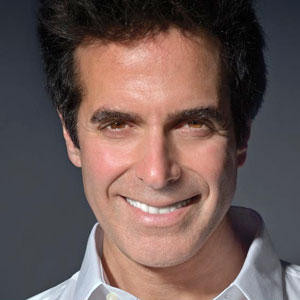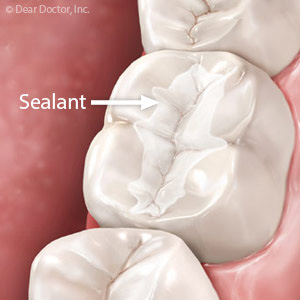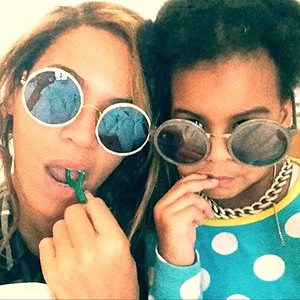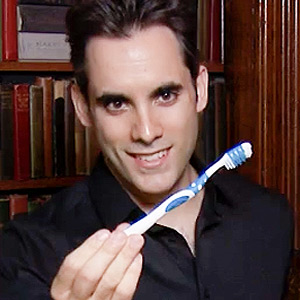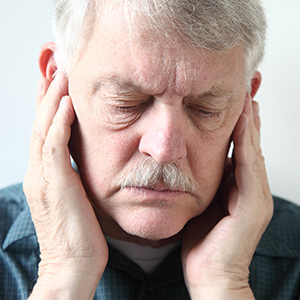

Dentists and oral surgeons remove millions of teeth every year, most without any adverse aftereffects. But about 2% of patients experience a dry socket, a condition that, although not dangerous to health, can be quite painful.
Also known as alveolar osteitis, a dry socket occurs when the blood clot that normally forms right after extraction doesn’t form or becomes lost later. The clot serves as a barrier for the underlying bone and nerves during the healing process; without it these tissues can become irritated from contact with air, food or fluids.
Dry sockets (which usually occur in the back, lower molars) are fortunately rare, mainly in patients over 25, smokers or women using oral contraceptives. Patients also have a higher risk of developing a dry socket if they attempt certain activities too soon after tooth extraction like vigorous chewing or brushing that may dislodge the protective clot.
You can reduce your chances of a dry socket after a tooth extraction with a few simple guidelines. Unless advised otherwise by your dentist, avoid brushing the day after extraction and gently rinse the mouth instead. It also helps to avoid hot liquids and eat softer foods for a few days. If you smoke, you should avoid smoking during this time and use a nicotine patch if necessary.
Over the next few days, you should remain alert for any signs of a dry socket, often a dull, throbbing pain that radiates outward toward the ears, and a bad taste or mouth odor. A prompt visit to the dentist will help alleviate these symptoms, often in just a few minutes.
To treat it, a dentist will typically irrigate the socket and apply a medicated dressing, which you would need to change every other day for up to a week. After that, you’ll leave the dressing in place for a while as you heal.
A dry socket doesn’t interfere with the healing process: Your extraction site will heal whether or not you have one. But prevention and treatment for a dry socket will help ensure your healing after an extracted tooth is much less uncomfortable.
If you would like more information on dry socket after tooth extraction, please contact us or schedule an appointment for a consultation. You can also learn more about this topic by reading the Dear Doctor magazine article “Dry Socket.”

